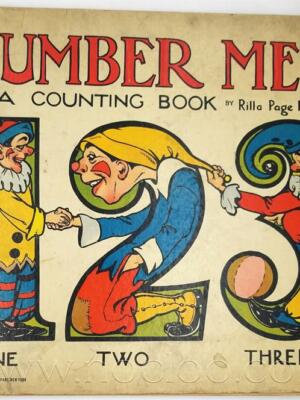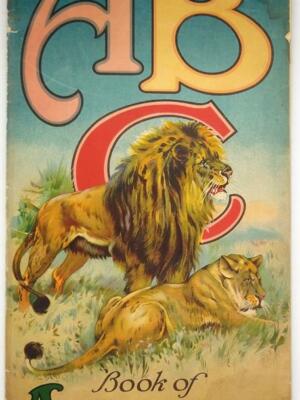The Adventures of Gremlin by Edward Gorey is a lesser-known but quintessentially Goreyesque children’s story—though “for children” in the loosest sense, as it brims with the artist’s trademark macabre whimsy and subversive charm. The tale follows Gremlin, a small, peculiar creature (resembling a cross between a bat and a disgruntled hedgehog), as he embarks on a series of misadventures that defy traditional storytelling logic.
With sparse, deadpan text and Gorey’s intricate pen-and-ink illustrations, the book unfolds as a chain of surreal episodes: Gremlin tumbles into a teapot, outwits a menacing vacuum cleaner, and navigates a world where household objects loom with sinister agency. The tone oscillates between playful and ominous, as Gorey’s Victorian-gothic aesthetic transforms mundane settings into stages for existential farce. A toaster might become a portal to another dimension, or a broom closet might hide something “indescribable, but not unimaginable.”
Unlike Gorey’s darker works (The Gashlycrumb Tinies), The Adventures of Gremlin leans into absurdity rather than horror, though it retains his signature irony. The “adventures” lack moral lessons or tidy resolutions, ending instead with Gremlin staring blankly at the reader, as if to ask, “Why did you expect any of this to make sense?”
One of Gorey’s few overtly fantastical tales, blending Alice in Wonderland–like nonsense with his signature existential shrug.
“Gorey’s Gremlin doesn’t break the fourth wall—he dismantles it, brick by absurd brick.” — The Comics Journal
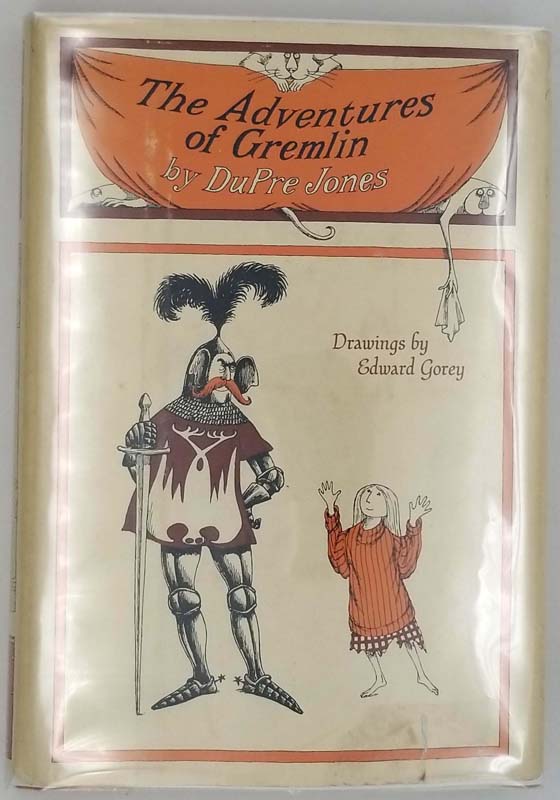
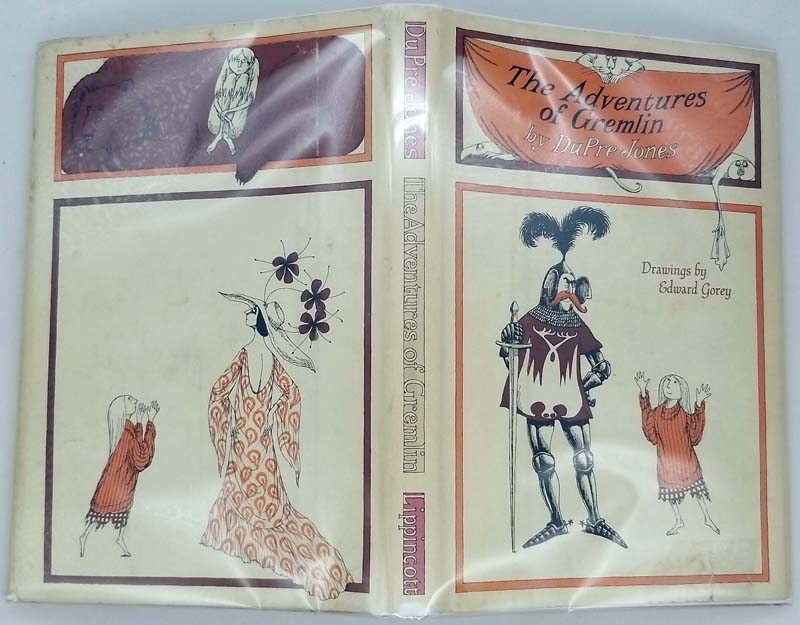
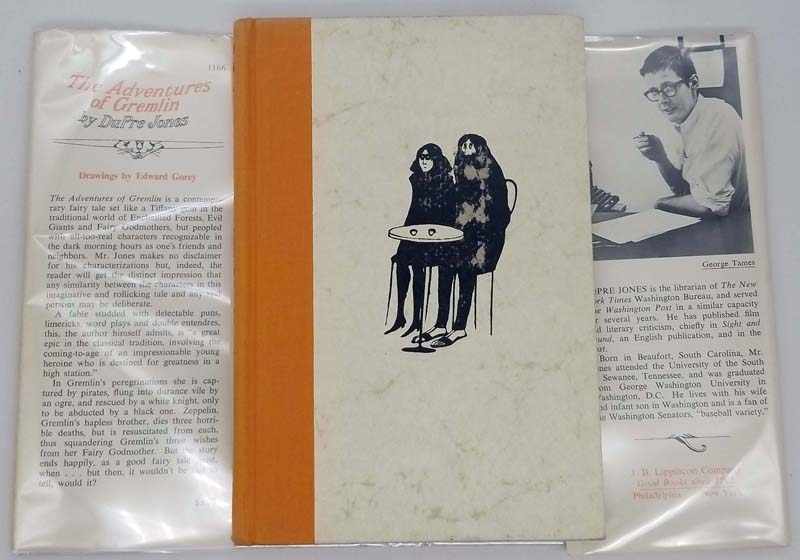
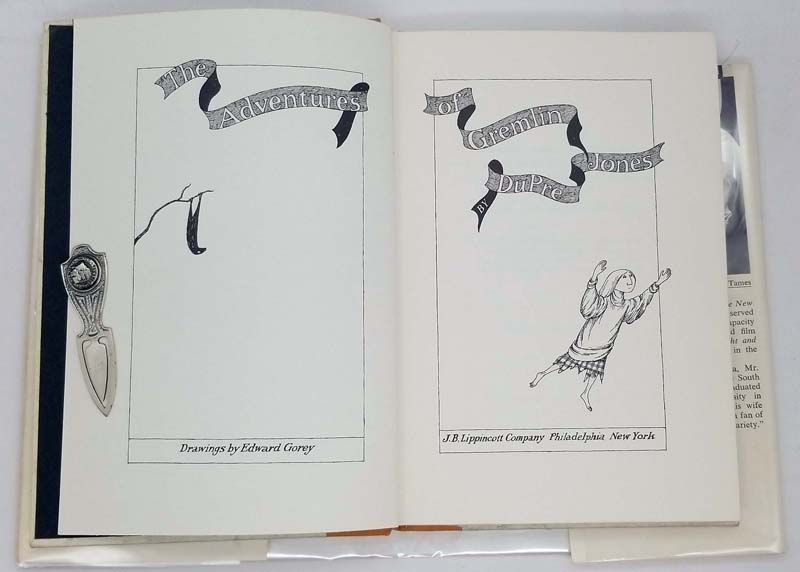
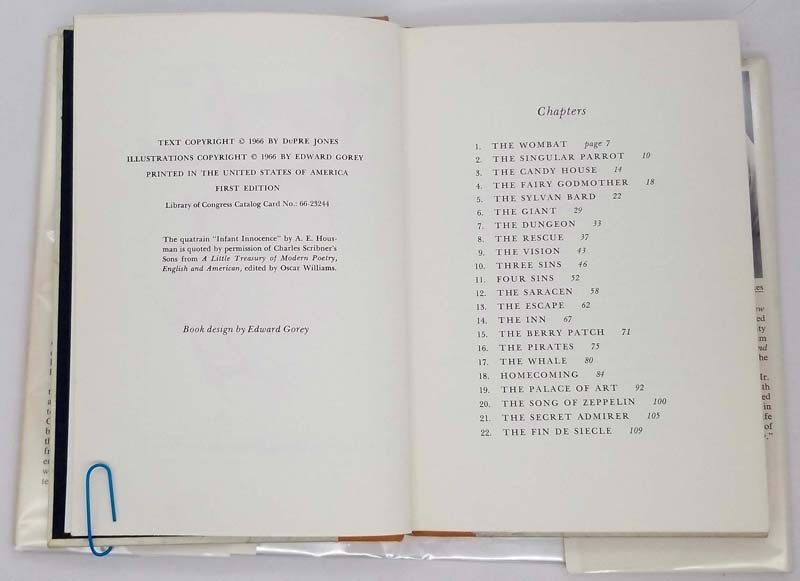
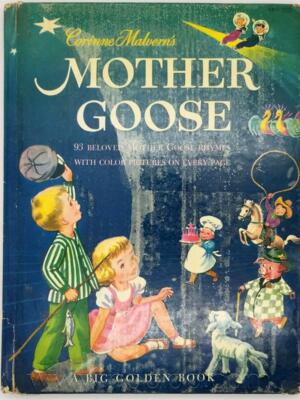
![A.A. Milne - When We Were Very Young 1924. First edition [1]](https://www.nocloo.com/wp-content/uploads/2020/07/aam-young1-300x400.jpg)
